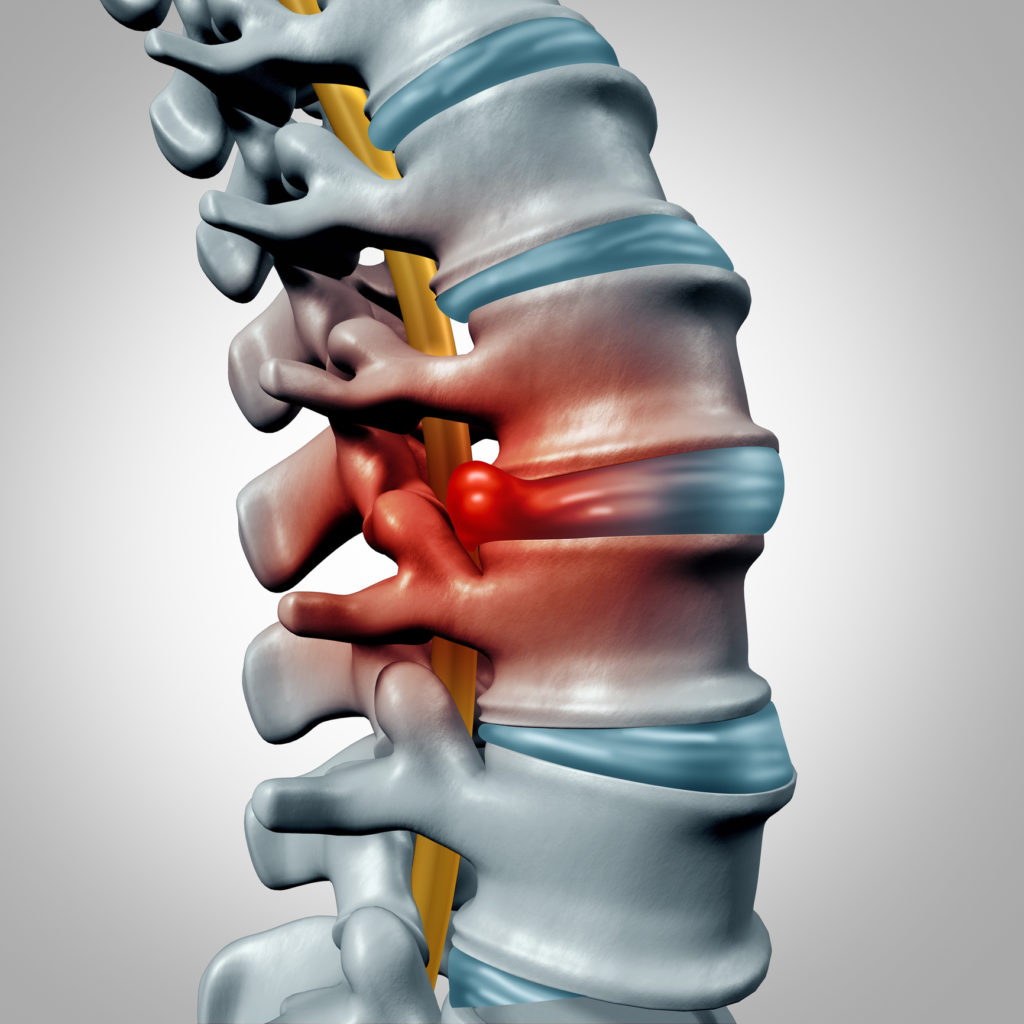Oblique Lumbar Interbody Fusion (OLIF) is a minimally invasive surgical approach used to perform spinal fusion. In OLIF surgery, the access to the spine is through the side of the patient’s abdomen with small incisions made for surgical instruments.
As with DLIF, the peritoneum (internal sack that contains abdominal organs) is retracted and the spine surgeon removes damaged disc material and inserts bone graft or other material for the fusion process. However, OLIF’s incision placement does allow surgeons greater access to lower spinal areas, making this technique a minimally invasive alternative for L4- L5 fusions and those involving the vertebrae of the sacrum.
Nevertheless, OLIF surgery may not be an option for certain fusions depending on the patient’s anatomy. Certain fusions of the lower back and sacrum (L5-S1) are more technically challenging to perform with OLIF and insertion of the spacers needed for fusion can be more difficult as well. It can be more challenging to deal with major complications that may occur with OLIF with the patient on their side during the procedure.
Those who have OLIF have a shorter stay in the hospital than they would with a standard spinal fusion surgery (that is not minimally invasive). OLIF does not carry the same risk of damage to the lumbar plexus (motor nerves to leg which can cause paralysis) that DLIF does. There is some risk for damage to blood vessels, bowel, ureter but the risk is lower than with ALIF.
As previously stated, all surgeries have risks and spinal fusion surgeries have unique risks that patients must thoughtfully consider. Risks of OLIF surgery include:
- Damage to bowel, ureter, blood vessels
- Blood clots
- Retrograde ejaculation in men
- Hernia
- Fluid collection
- Damage to nerves that may result in motor or sensory deficits
For more information, please see Risks of Spinal Access Surgery. You may also call our office with questions or to arrange a consultation with one of our surgeons.

